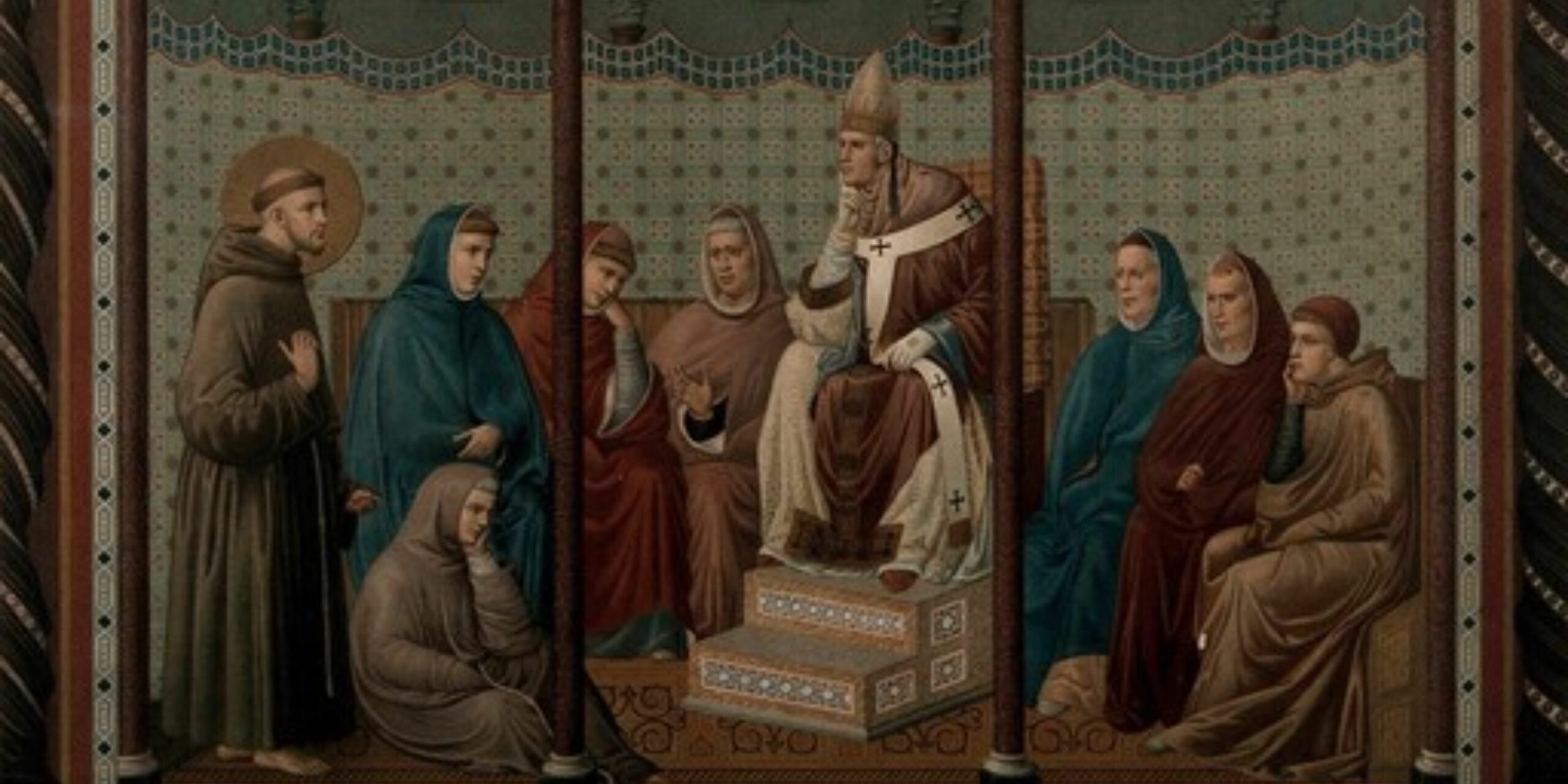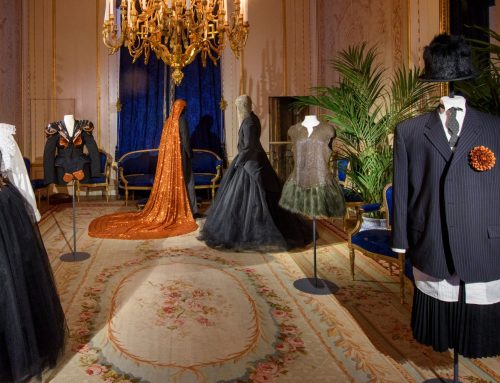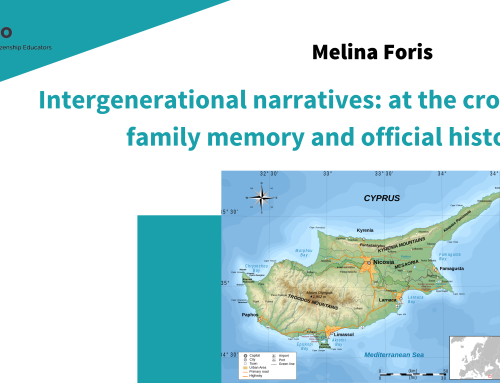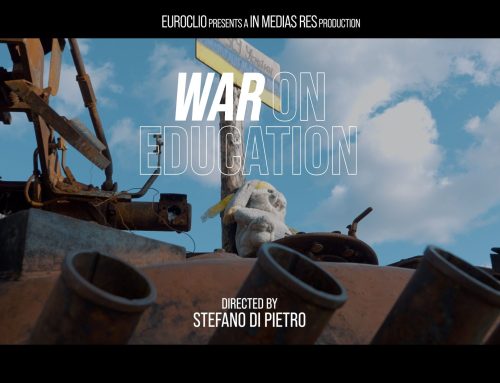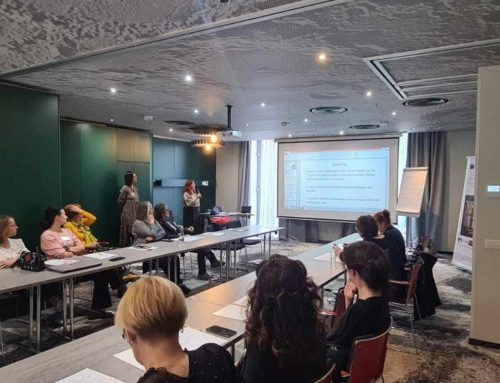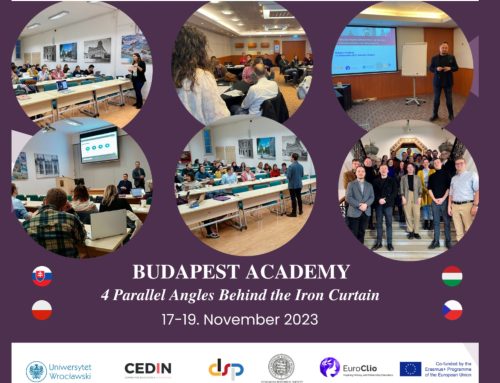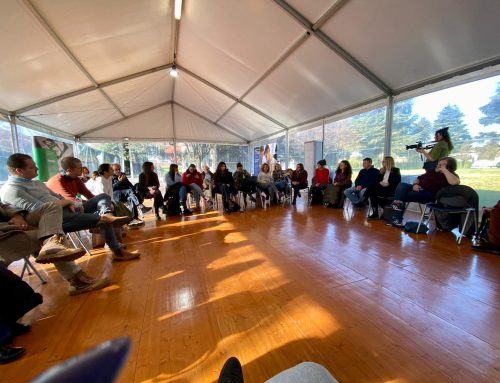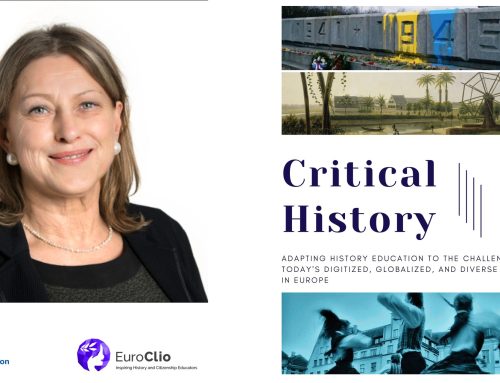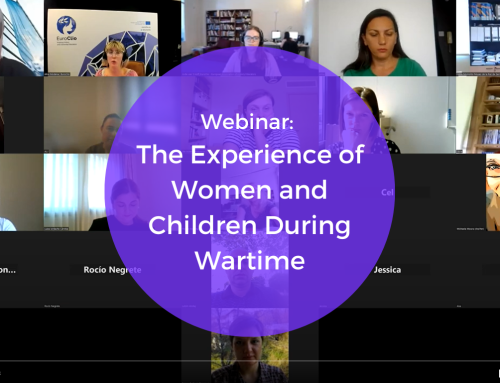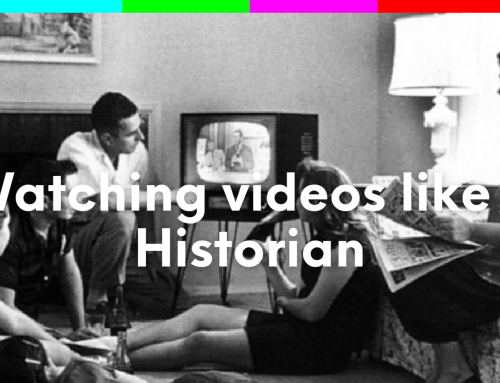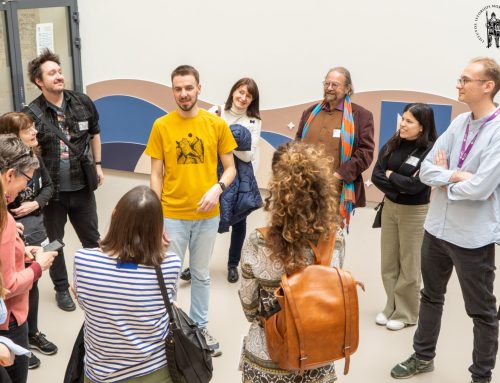On June 16, Gijs van Gaans, a member of EuroClio’s Teaching and Learning team, teacher trainer and lecturer at Fontys University of Applied Sciences in Tilburg, hosted the last Webinar of our Historiana Webinar Series. During this series, history educators had the chance to discuss various historical topics while exploring Historiana’s teaching and learning tools and debating critical thinking skills. In this webinar, Gijs van Gaans presented the audience with an eLearning activity on early medieval reformers designed to promote students’ understanding of the meta-historical concepts of change and continuity.
How can we teach about change and continuity through the history of medieval reformations?
Gijs started his presentation by asking two questions to the audience. Namely: “What topics would you discuss when teaching about the reformation? When would your reformation timeline start?”
Most teachers in the audience replied that Martin Luther and its reforms would be central topics of discussion. Normally, their timeline would start in the 16th century, particularly in 1517 with Luther’s ninety-five theses.
However, Gijs decided to focus his webinar on the early reformation, between 1000 and 1517 circa. He then introduced two books, namely Linda Woodhead’s An Introduction to Christianity and Reformations: The Early Modern World, 1450-1650 by Carlos M.N. Eire.
Both Woodhead and Eire view the changes that led to the Protestant reformation as part of a lengthy process that started in the Middle Ages with different religious movements from below found in all other Europe and culminated with Luther’s protestant reformation in the 16th century.
Following this historical approach to the reformation or reformations, professor van Gaans challenged the audience to rethink the traditional approach of teaching this topic by introducing the concepts of change and continuity.
The meta-historical concepts of change and continuity
History education researchers Carla van Boxtel and Jannet van Drie included change and continuity among meta-historical concepts necessary for historical reasoning. According to the two scholars:
“Historical reasoning aims at historical understanding. It concerns one of three
things: the evaluation or construction of a description of processes of change
and continuity, an explanation of a historical phenomenon or a comparison
of historical phenomena or periods.”
-Historical reasoning in the classroom.
As Gijs mentioned, along with historical knowledge, historical reasoning skills are crucial for students to come to their own understanding of history. The concepts of change and continuity are central to understanding long-term historical and societal changes. When framing historical events in terms of change and continuity, students can understand socio-political events considered historical turning points as parts of broader changes, rather than standing alone events.
However, students and teachers alike face several challenges when working with these complex concepts. For example, Gijs van Gaans stressed the difficulties in understanding change and continuity as interwoven factors, and especially, change as a gradual process rather than a single breaking point with the past.
To address these difficulties, Gijs suggested different strategies to deal with change and continuity in the classroom.
- Adopting timelines and periodization, in a way that students can make better sense of periods of change and continuity.
- Sequencing historical facts in order to construct a narrative.
- Asking questions on the nature of change and continuity in a specific period.
- A living graph: a timeline where events and historical actors are placed on different levels to visualize how these historical elements relate to each other.
The Living Graph: Historiana eLearning activity
Gijss then challenged the audience to create their own living graph on early medieval reformers with the Historiana’s eLearning activity The Precursors to the Reformation, based on this Historiana source collection. The central question of this eLearning activity is: who was the first medieval reformer? Based on the information given, students have to organize various medieval reformers on a timeline. In the end, the timeline will have different levels, each corresponding to the degree of innovation brought by one or more reformers. This activity allows students to work with the concepts of change and continuity.
The eLearning activity sparked a thought-provoking discussion on the nature of historical facts and differing interpretations. For teachers, it is challenging to present students with a coherent historical narrative that recognizes nuances and the variety of historical interpretations. However, history educators should provide their students with the knowledge and historical reasoning skills necessary to formulate their own historical conclusions. Working with a living graph, such as the one presented by Gijs in his Historiana eLearning activity, can help students develop their understanding of history and meta-historical concepts such as change and continuity.
Learn more
Want to learn more about change and continuity in the context of early medieval reformers? Watch the full webinar here!
This article is part of a webinar series, in which teacher educators who are experienced in using Historiana show examples of the eLearning Activities that they created, while also diving into a specific topic and discussing a critical thinking skill to teach students.
On December 9th, EuroClio ambassador Helen Snelson kicked off the webinar series talking about using sources as evidence. She illustrated the eActivity on post-war Europe that she was able to create on Historiana. >> Watch the full event | Read the article to know more.
On February 17th Bridget Martin, History Teacher at the International School of Paris, focussed on contributions to WWI and showed the purposeful eActivity she was able to create by using Historiana’s e-builder. >> Watch the full event | Read the article to know more.
On April 21st, Dr. James Diskant, a member of EuroClio’s History and Learning Team, hosted a Webinar on Women Working in the 19th Century. He used Historiana’s e-builder to demonstrate how different tools have different aims, and how these tools can help students to substantiate a historical argument. | Read the article to know more.
If you’re not familiar with the platform, we recommend you to watch this helpful video as an Introduction to Historiana’s eActivity Builder. You can also just try out the platform yourself – you’ll see that it is very intuitive and offers you plenty of interesting options.
This article is written as part of the Europeana DSI4 project co-financed by the Connecting Europe Facility of the European Union. The sole responsibility of this publication lies with the author. The European Union is not responsible for any use that may be made of the information contained therein.
Sources
Image: St. Francis preaching before Pope Honorius III, by Giotto, 1292-1296, Upper Church of St Francis, Assisi. Wellcome Collection via Europeana.
Boxtel, Carla & Drie, Jannet. “Historical reasoning in the classroom: What does it look like and how can we enhance it?” Teaching History, 150 (2013): 44-52.
“Types and components of historical reasoning and individual and sociocultural resources for historical reasoning.” The framework is discussed in Van Boxtel, Carla, & Van Drie, Jannet. “Historical reasoning: conceptualizations and educational applications.” In S.A. Metzger & L. McArthur Harris (Eds.). The Wiley International Handbook of History Teaching and Learning . Wiley & Blackwell, 2018. Pp. 149-176.

